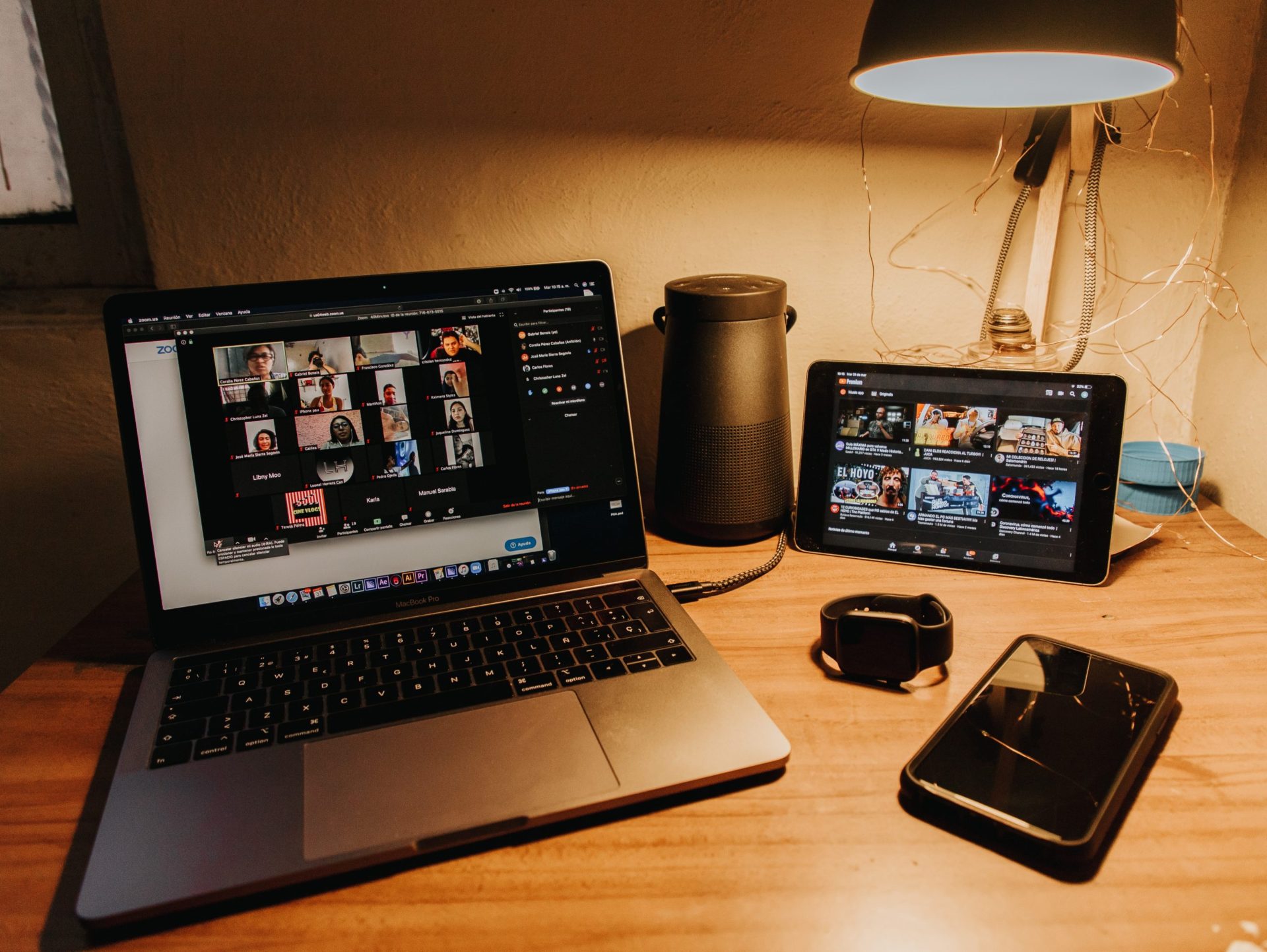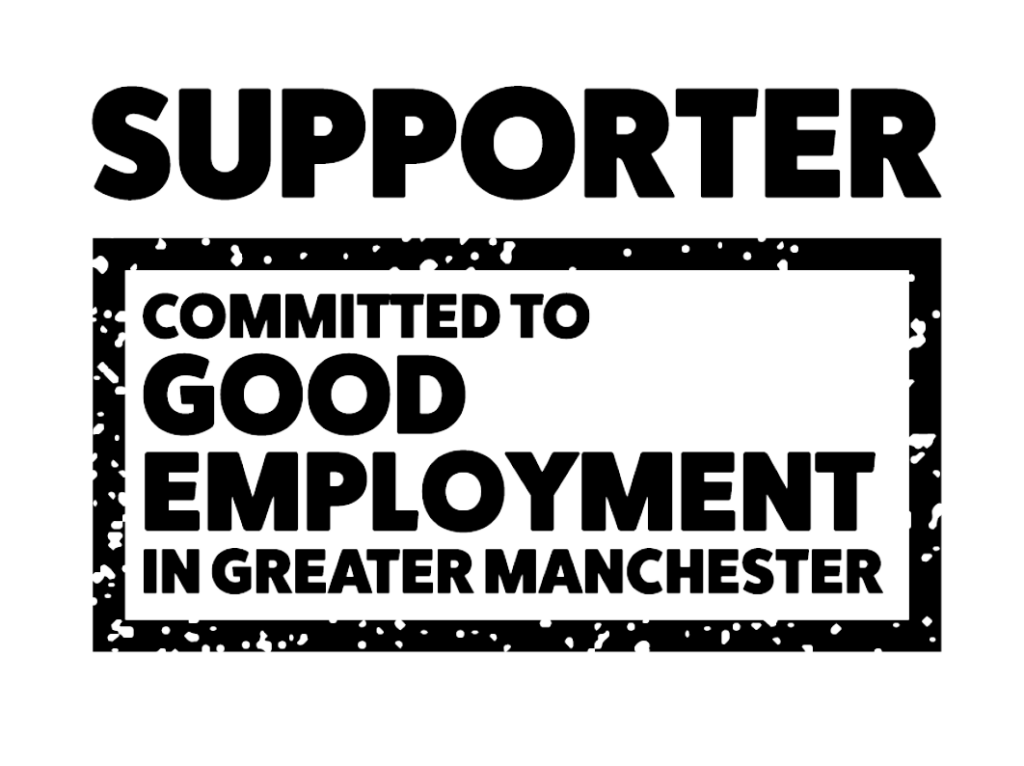Looking at the last four downturns, 14% of companies improved performance during a recession because they continued to invest time and money in new growth areas.
Using your creativity and imagination, you too can evolve and come out of this current crisis stronger.
However, finding the time and energy to harness the imagination of your teams is difficult because of stress, uncertainty, overwhelm, isolation blues and the inevitable ZOOM exhaustion.
We help our clients overcome these roadblocks by creating a safe space for imagination and facilitating idea generation. Before March this meant discovery sessions, brand workshops, regular monthly catch-ups and using technology to capture and share ideas.
We’ve had to learn new ways of coming up with the same results. Keep reading to discover them so you can create the perfect environment for ideas and inspiration no matter where your people are.
First, let’s look at why harnessing the collective imagination of your teams is beyond valuable for your business.
The power of collective imagination
Many businesses miss out on opportunities by failing to involve their wider teams in shaping their future. There is an abundance of imaginative ideas waiting to be tapped that could transform the way you work, the services you offer or how you communicate with your audience.
Martin Murphy is the Founder of Elite Leadership Global, a former special forces operative and advisor to international organisations and governments. He emphasises how:
“There is often the misconception that the lone genius and the flashes of brilliance that they have is what has transformed the world, but I would beg to differ. There are several studies that point to the fact that creativity in groups of people can be just as dramatic.
This is great news for leaders as it means their job is leveraging the potential of the team, not having to be the font of all knowledge. Archimedes reckoned that if he had a lever long enough and a solid place to stand, he could move the world. Well, leadership is the lever and humility is the place to stand.”
Collective imagination drives engagement
Involving your team in the idea generation process helps them feel valued, involved and an important part of the business, driving engagement and progress (highly engaged teams show 21% greater profitability).
Andrea Law, Managing Director of internal communications and engagement consultancy, Enthuse, supports this:
“There is a positive psychological impact of coming up with a good idea, especially when you are among other people and therefore receive affirmation from your peers.
“When I worked for one of my previous employers, I used to bring the whole team together once a month and try a different brainstorming technique to help solve something that a colleague was working on.
“The energy that was created, the relationships that were built, the ideas that were generated, probably amounted to one of the most valuable hours we spent together.
“Giving the team that space to think and share had a real impact on each person’s confidence and their enjoyment of their job – it actively helped to build employee engagement.”
Boosting collective creativity virtually
The thing about imagination is it can’t be turned on like a tap. You need to create the right environment for ideas to flow. Gemma Rolstone, Managing Director of Training and Development company Delphinium says “Although online facilitation of creative meetings differs slightly, many ingredients are the same. For the best results, there must be an element of trust among the group. Individuals need to be energised, feel ideas are listened to and respected.”
If the last few weeks have taught us anything it’s that technology is brilliant at bringing people together … but doesn’t necessarily make them productive. Virtual meetings can quickly get hijacked by chat or dominated by individuals. To truly get the best out of your team during an online ideas session, you need to:
- Provide a safe environment where people can speak freely without external pressures.
- Value all ideas no matter how silly you think they might be (dismissing ideas stops people from putting their heads above the parapet in the future).
- Create time away from distractions and plenty of headspace during the day leading up to the event. Getting out into nature is the perfect way to achieve this.
- Ask active open questions, such as
- What challenges are customers facing that we don’t have a solution for?
- What can we do better for our customers?
- If we were starting over now, what company and offering would we build?
- Why are our loyal customers still doing business with us?
- How can we communicate with our customers more effectively?

Gemma Rolstone shares more great ideas:
- “Standing during the meeting, or at least for the first activity can improve peoples’ energy.
- Skill use a relevant ice breaker to help build trust. ‘Two truths and a lie’ works well online.
- Use the ‘raise your hand feature’ to prevent people from talking over one another and ensure that everyone gets their chance to speak.
- Make use of features such as whiteboards but remember to save them.
- Utilise breakout rooms to break the group into smaller groups to encourage more meaningful discussions. “
Martin Murphy gave us some important factors to help boost creativity for teams:
- “Constraints: Creativity is spawned from constraints in nature. Notice that no matter how much concrete there is in an area, eventually nature will find a way and up pop poppies and dandelions. Use constraints to boost those creativity muscles.
- Strong Relationships: Strong ties between people, the ability to be socially sensitive and engage in affirmative conversations, has enormous power.
- Experiences: Shared novel experiences are helpful. I use a secret agent mission with teams, nothing like the introduction of some risk of getting caught to get the creative juices flowing.
- Associations: The late academic Clayton Christensen concluded that making associations across different fields and also across minds was a big indicator of how innovatively disruptive an organisation could be.
- Trust: We need psychological trust between the group if we want people to stick their necks out and proffer some crazy ideas.
- Evolutionary: We should break away from the rigid industrialised thinking and see ourselves as constantly evolving. Remember the first right answer might not be the best right answer. Constant experimentation and testing assumptions, sensing and feeling our way forward is key to sustainable development.”
How to be an effective facilitator
We asked facilitation specialists and founders of Fearless Facilitation, Kim Stafford, Andrena Backhouse and Margaret McCabe, to share their advice on designing powerful virtual meetings.
- Get everyone on the same page
When setting up and starting meetings use Clear Objectives, ‘Ways of Working’ and a Meeting Format to help set people up for success. Our Ways of Working make people more conscious of what THEY need to do to get more out of the meeting and include areas such as Technology, Engagement, Connectivity, Participation and Follow up.
- Work as a Facilitation ‘Team’
Work with co-facilitators and AGREE roles and responsibilities for a meeting. Also work through a format so that everyone is clear about how their time will be used, how information will be shared and how engagement will be created. Involve all Facilitation Team members in the meeting using a ‘conversational style’ so that the audience is not just looking at or listening to one ‘Talking Head’. If possible, always have a ‘run through’ to test out both the technology as well as tools created for engagement.
- Keeping the meeting on track
Set up a ‘Car Park’ to capture any issues or questions that people have outside of the meeting objectives. If people start going off at a tangent with an issue that’s only relevant to them, ask them to capture this (in chat) and you will collate these issues and look at alternative ways of addressing them. For example, put them on a future meeting agenda, get an answer at break time or email them with a response after the meeting. This ‘acknowledges’ that their issue is important to them, they see it is noted and you are more able to then maintain their engagement.
- Create digital body language
Don’t assume there is simply a direct transfer from ‘real life’ to ‘virtual life’. Online meetings don’t have the same capacity to create the ‘clues’ facilitators need to understand their audiences, build relationships and help people learn. We need to think more carefully and be more proactive about creating the digital body language needed to assess levels of engagement and collect feedback. Ask questions that create ‘manageable’ feedback such as: “How experienced are you at doing this type of project on a scale of 1-10? Put a number in chat.”
- Accommodate different styles of learning
Recognise that people take-in information in different ways and at different speeds. Design your meeting format and then accommodate those differences by designing in time to ‘Give Information’ in an engaging and punchy way, ‘Create Participation’ to get people involved, ‘Relate’ content to the expectations of the audience so they can see the WIIFM (What’s in it for me) Factor and giving people time and space to ‘Reflect’ and ‘Think’. This will help maintain interest as well as create more buy-in and commitment to actions agreed.
It’s time to evolve
As tough as this period has been, it has created opportunities for businesses. There has never been more technology to help us improve our processes or connect with our target audience.
Now is the perfect time to use our imagination, test out new ideas and use them to push ahead. How will you create space for collective imagination in your business?
References
https://hbr.org/2020/04/we-need-imagination-now-more-than-ever
https://bcghendersoninstitute.com/advantage-in-adversity-winning-the-next-downturn-5853b4425db1
https://hbr.org/2014/12/the-discipline-of-business-experimentation


